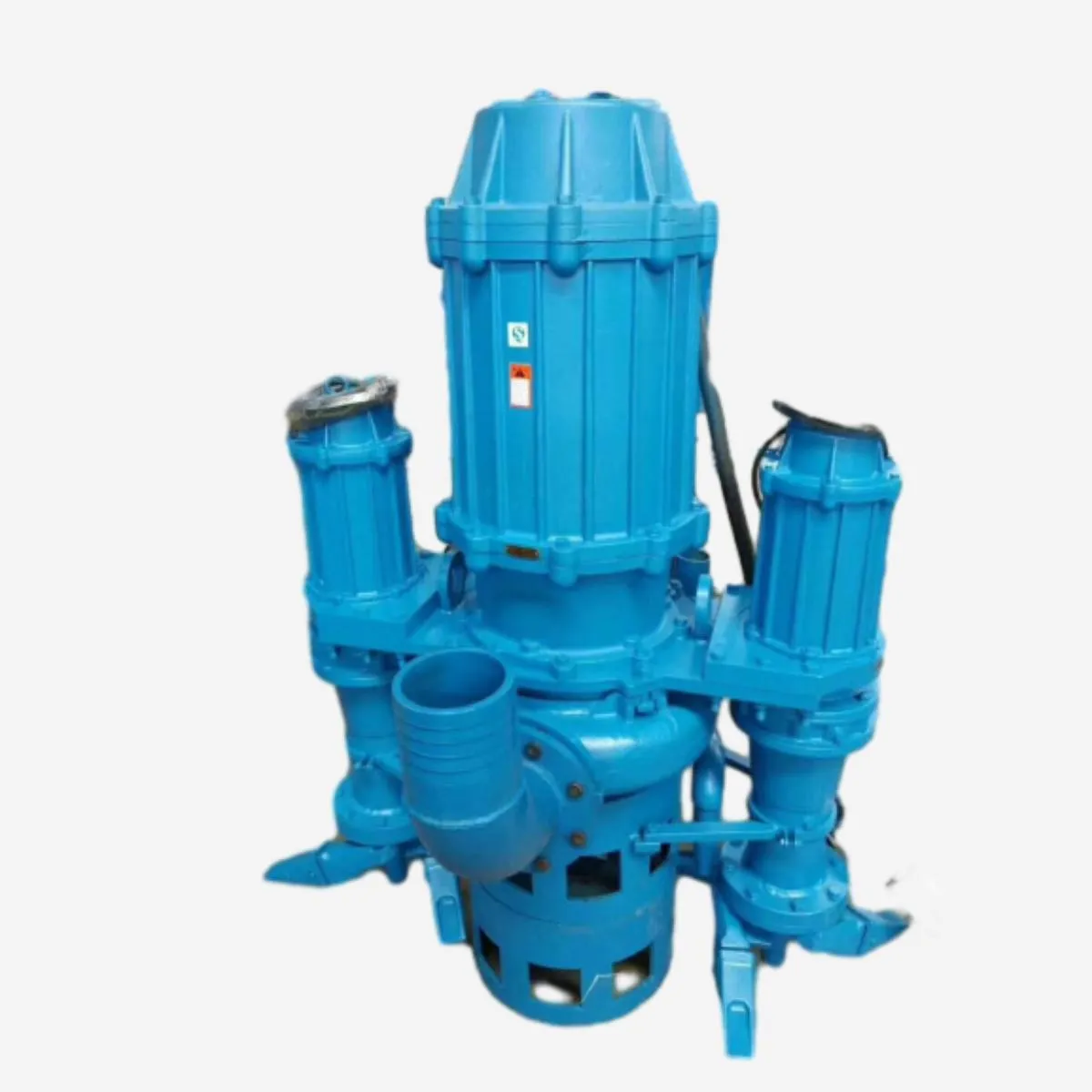Albanian
- Afrikaans
- Albanian
- Amharic
- Arabic
- Armenian
- Azerbaijani
- Basque
- Belarusian
- Bengali
- Bosnian
- Bulgarian
- Catalan
- Cebuano
- Corsican
- Croatian
- Czech
- Danish
- Dutch
- English
- Esperanto
- Estonian
- Finnish
- French
- Frisian
- Galician
- Georgian
- German
- Greek
- Gujarati
- Haitian Creole
- hausa
- hawaiian
- Hebrew
- Hindi
- Miao
- Hungarian
- Icelandic
- igbo
- Indonesian
- irish
- Italian
- Japanese
- Javanese
- Kannada
- kazakh
- Khmer
- Rwandese
- Korean
- Kurdish
- Kyrgyz
- Lao
- Latin
- Latvian
- Lithuanian
- Luxembourgish
- Macedonian
- Malgashi
- Malay
- Malayalam
- Maltese
- Maori
- Marathi
- Mongolian
- Myanmar
- Nepali
- Norwegian
- Norwegian
- Occitan
- Pashto
- Persian
- Polish
- Portuguese
- Punjabi
- Romanian
- Russian
- Samoan
- Scottish Gaelic
- Serbian
- Sesotho
- Shona
- Sindhi
- Sinhala
- Slovak
- Slovenian
- Somali
- Spanish
- Sundanese
- Swahili
- Swedish
- Tagalog
- Tajik
- Tamil
- Tatar
- Telugu
- Thai
- Turkish
- Turkmen
- Ukrainian
- Urdu
- Uighur
- Uzbek
- Vietnamese
- Welsh
- Bantu
- Yiddish
- Yoruba
- Zulu
Telephone: +86 13120555503
Email: frank@cypump.com
Nën . 22, 2024 09:10 Back to list
pumping bentonite slurry
The Role of Pumping Bentonite Slurry in Construction and Environmental Engineering
Bentonite, a naturally occurring clay, is renowned for its unique properties that make it an invaluable material in various industries, particularly in construction and environmental engineering. One of the most critical applications of bentonite is in the form of slurry, which plays a pivotal role in processes such as excavation, tunneling, and waste containment. This article explores the significance of pumping bentonite slurry, its benefits, and its applications.
Understanding Bentonite Slurry
Bentonite slurry is a mixture of bentonite clay, water, and sometimes other additives. This slurry exhibits thixotropic properties, meaning it can behave like a solid under stress but flows like a liquid when agitated. This characteristic makes bentonite slurry an excellent choice for stabilizing soil and preventing the collapse of boreholes during drilling operations.
The Pumping Process
Pumping bentonite slurry requires specialized equipment designed to handle its viscosity and density. The process begins with the preparation of the slurry, where bentonite is thoroughly mixed with water to achieve the desired consistency. Once prepared, the slurry is pumped into designated areas, such as excavated trenches or boreholes, to provide support and stability.
One of the primary types of pumps used for this purpose are positive displacement pumps. These pumps can efficiently move the thick slurry without significant degradation, ensuring that the properties of bentonite are preserved. Proper equipment is essential for maintaining the integrity of the slurry and ensuring it reaches the intended location effectively.
Applications in Construction
pumping bentonite slurry

In construction, pumping bentonite slurry is particularly crucial in the context of trenchless technology, such as horizontal directional drilling (HDD). In HDD, bentonite slurry helps to minimize soil disturbance, control erosion, and stabilize the borehole during the installation of pipelines and cables. The use of bentonite also aids in lubricant properties, reducing friction and wear on the drilling equipment.
Additionally, bentonite slurry is widely utilized in the construction of diaphragm walls and secant piles. These structures create barriers against groundwater, ensuring that construction sites remain dry and safe. The ability of bentonite to form a gel-like consistency when pumped into position makes it an effective choice for these applications, providing both support and waterproofing.
Environmental Protection
Beyond construction, pumping bentonite slurry has significant implications for environmental engineering. Bentonite is often used in landfill liners and caps due to its impermeable nature, effectively preventing leachate from contaminating surrounding soil and groundwater. By pumping bentonite slurry into place, engineers can create robust barriers that protect the environment from hazardous waste.
Moreover, bentonite's ability to absorb heavy metals and other pollutants makes it a valuable material in remediation projects. In cases of contaminated soil, bentonite can be mixed with water and pumped into the affected area, helping to immobilize harmful substances and prevent further spread of contamination.
Conclusion
The pumping of bentonite slurry is an essential practice in both the construction and environmental engineering fields. Its unique properties enable it to provide stability, support, and protection in various applications. As industries increasingly recognize the importance of sustainable practices, the use of bentonite slurry is expected to continue growing, reinforcing its value as a critical material in modern engineering projects. By harnessing the capabilities of bentonite, we can achieve safer, more efficient, and environmentally friendly outcomes in our built environment.
-
Horizontal Split Case Pump with GPT-4 Turbo | High Efficiency
NewsAug.01,2025
-
ISG Series Pipeline Pump - Chi Yuan Pumps | High Efficiency, Durable Design
NewsAug.01,2025
-
Advanced Flue Gas Desulfurization Pump with GPT-4 Turbo | Durable & Efficient
NewsJul.31,2025
-
ISG Series Vertical Pipeline Pump - Chi Yuan Pumps | Advanced Hydraulic Design&Durable Construction
NewsJul.31,2025
-
ISG Series Vertical Pipeline Pump - Chi Yuan Pumps | Energy Efficient & Low Noise
NewsJul.31,2025
-
pipeline pump - Chi Yuan Pumps Co., LTD.|High Efficiency&Low Noise
NewsJul.31,2025










